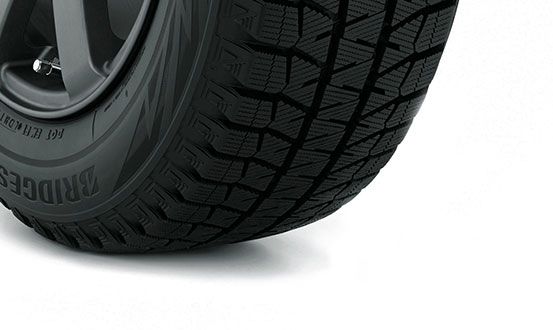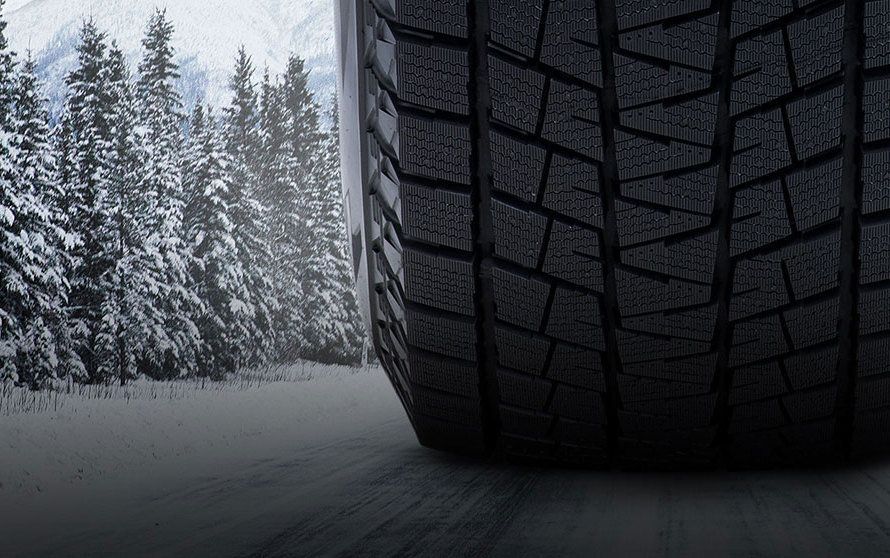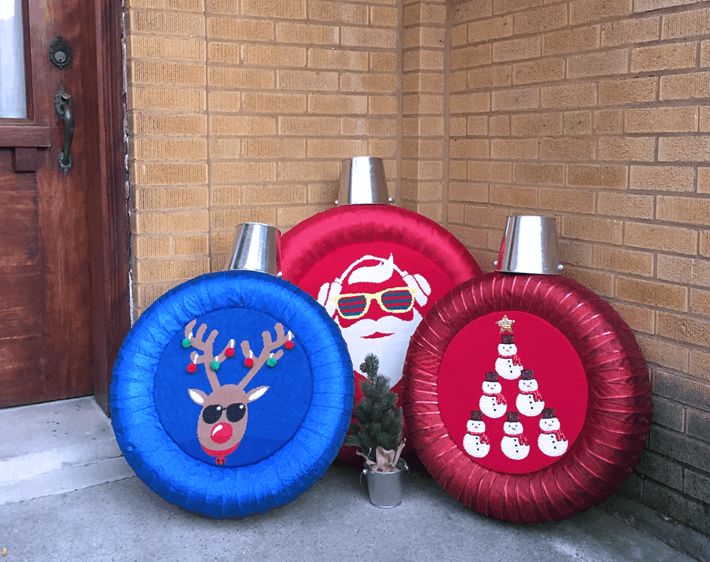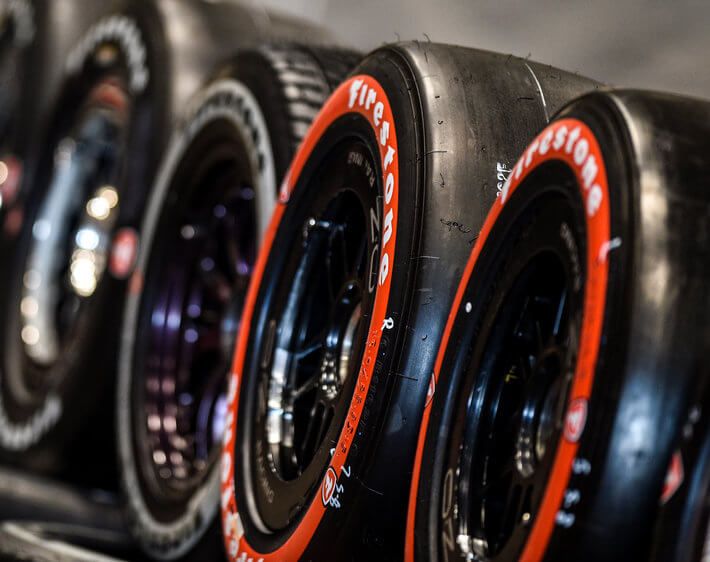"Let it snow, let it snow, let is snow," or no? If you're not prepared for winter flurries, the idea of snow and ice probably makes you cringe. All you can think about is slippery morning commutes and dangerous drives back home, especially if you're not prepared with winter snow tires. Justin Hayes, a product manager with Bridgestone Americas Tire Operations, recently spoke with U.S. News & World Report about when you should invest in a set of winter tires and how to choose the best winter tires for your needs. Follow along as we recap Hayes' top tips!
Do I Need Snow Tires?
Some areas of the country have already been hit hard by winter weather, like Colorado, Washington, and Wyoming, while others seem like they're barely creeping out of fall. As temperatures work their way towards freezing, though, many drivers are left wondering: do I really need snow tires?
"If it's cold enough to see your breath, it's time to start thinking about winter tires," says Hayes.
So when should you have winter tires installed? This part can be a little tricky. You don't want to put it off until the first snowfall and find yourself waiting for hours at the tire shop, but you also don't want to put them on too soon and risk damaging the tires or losing performance. A good rule of thumb for timing your winter tire switch is to watch the forecast. When temperatures begin to consistently dip below 50℉, make the switch to winter tires.
Winter Tires vs All Season Tires
"I already have all season tires. I'm good for winter too, right?" Ah, it's an age old question. All season tires are not a type of winter tire. The rubber compounds are different, as are the grip and traction capabilities. In an effort to perform well in all weather conditions, all season tires naturally have to give up some summer and some winter capabilities. This means that while all season tires are certainly great most of the time, they aren't ideal for extreme heat or extreme cold.

Blizzak tires, for instance, use special tread compounds to provide maximum traction and enhanced grip when driving on ice and snow. Their 3D zigzag sipes create biting edges across the surface of the tread, giving the tire better bite, but also additional support and stiffness under pressure.
Whether the sky is pelting balls of ice or dumping piles of snow on the road, Blizzak winter tires can help keep you and your family safe. Visit the winter tire experts at your nearest Firestone Complete Auto Care to shop winter tires near you today.
Read the full article, Snow Tires: Do I Really Need Them? on U.S. News & World Report.



